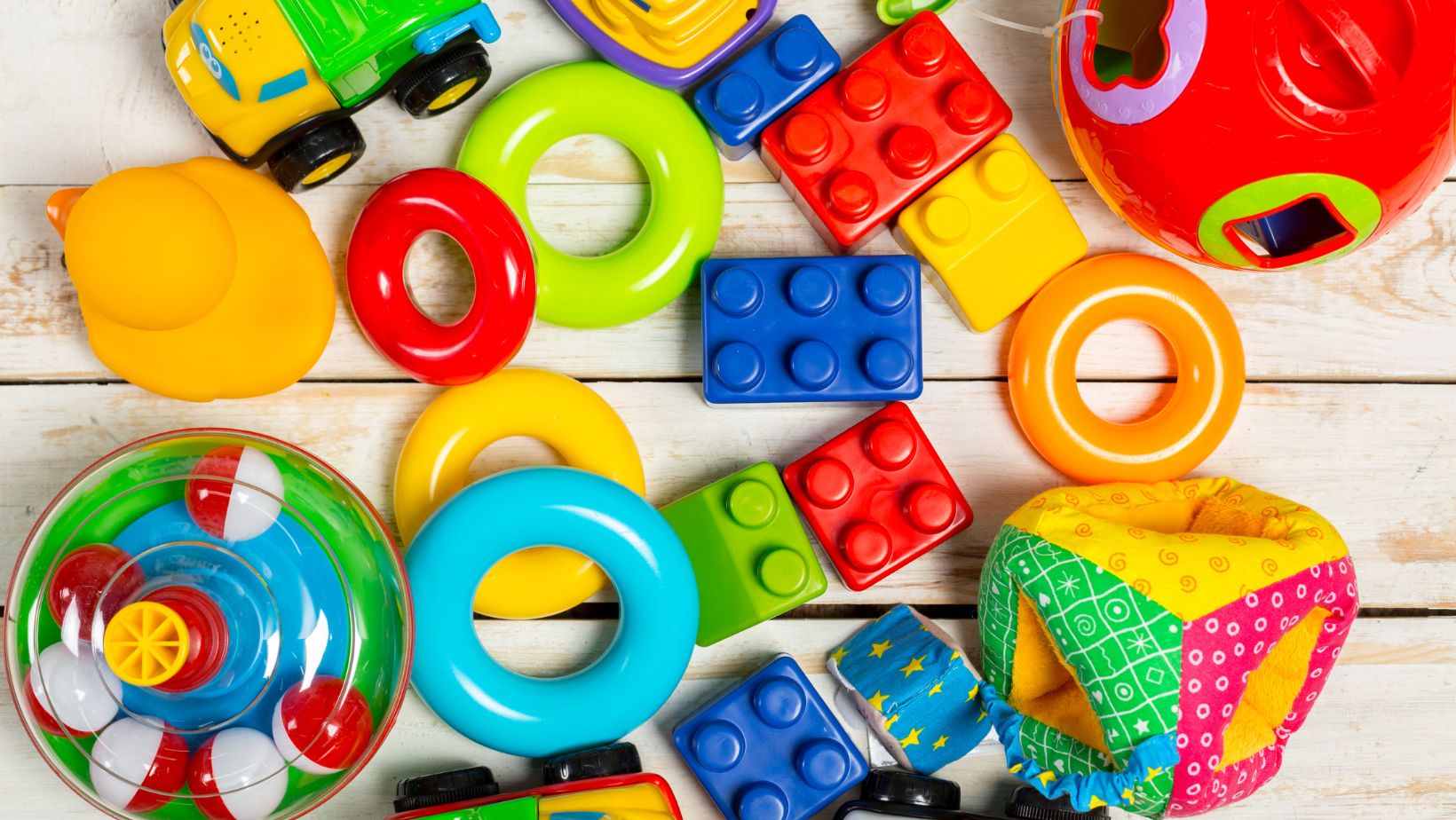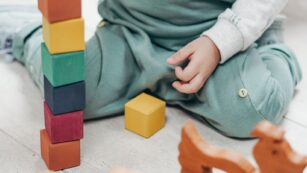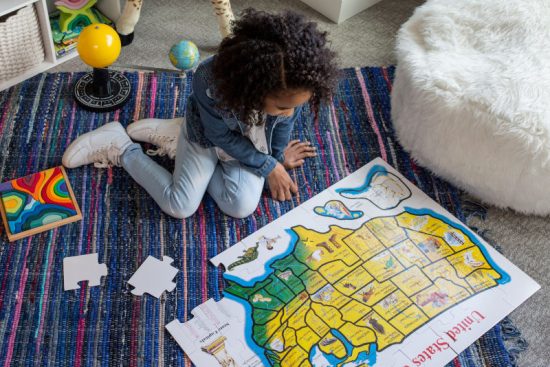
Finding the right toys for kids with sensory issues can be a game-changer. These toys aren’t just about fun; they’re essential tools that help children explore their senses, build skills, and find comfort in their environment. Sensory toys cater to various needs, whether it’s tactile, auditory, or visual stimulation, making playtime both enjoyable and therapeutic.
Toys for Kids With Sensory Issues
 Children with sensory issues benefit greatly from toys designed to address their unique needs. These toys can enhance their sensory experiences, promote skill development, and offer comfort.
Children with sensory issues benefit greatly from toys designed to address their unique needs. These toys can enhance their sensory experiences, promote skill development, and offer comfort.
Sensory issues refer to difficulties in processing sensory input from the environment. They may include over-sensitivity or under-sensitivity to stimuli like sound, touch, taste, sight, and smell. According to the Sensory Processing Disorder Foundation, 5-16% of children exhibit symptoms consistent with sensory processing difficulties.
How Do Sensory Issues Affect Play?
Children with sensory issues may respond differently to play activities. For instance, they might avoid certain textures or sounds, making traditional toys less appealing or even distressing. Conversely, they may seek out intense sensory experiences, such as rough play or loud noises, to fulfill their sensory needs. Tailoring toys to accommodate these preferences can significantly enhance their engagement in play, fostering better development and well-being.
Choosing the Right Toys for Kids With Sensory Issues
Selecting suitable toys for children with sensory issues requires careful consideration. It’s crucial to understand their unique needs and preferences to enhance their sensory experiences effectively.
Criteria for Selecting Sensory Toys
 Identify Interests: Choose toys that align with the child’s interests, ensuring better engagement. For example, some kids may prefer tactile activities while others might enjoy visual stimuli.
Identify Interests: Choose toys that align with the child’s interests, ensuring better engagement. For example, some kids may prefer tactile activities while others might enjoy visual stimuli.
Sensory Feedback: Opt for toys that provide specific sensory feedback based on the child’s sensory needs. For instance, weighted blankets can offer deep pressure for children seeking proprioceptive input.
Various Textures: Select toys with different textures like smooth, rough, or soft materials to cater to tactile sensory needs.
Adjustable Features: Look for toys with adjustable features, such as varying sound levels or light settings, to accommodate different sensory thresholds.
Safety Considerations
Non-Toxic Materials: Ensure toys are made from non-toxic materials. Avoid toys with harmful chemicals or small parts that can break off.
Durable Construction: Choose durable toys that can withstand rough play, reducing the risk of breakage and potential injury.
Size Appropriateness: Select toys of appropriate size to prevent choking hazards, especially for younger children.
Top Recommended Toys for Sensory Development
Weighted Blankets
Weighted blankets provide deep pressure stimulation, aiding in calming and relaxation. They’re beneficial for kids with anxiety or sensory processing disorders. Opt for those made from non-toxic materials and with removable covers for easy cleaning.
Sensory Balls
Sensory balls often come with varying textures and sizes. They help improve tactile stimulation and hand-eye coordination. Look for those containing non-toxic materials and easy-to-grip designs. Examples include spiky balls and squeeze balls.
Fidget Spinners
Fidget spinners offer tactile and visual stimulation. They help improve focus and reduce stress. Choose high-quality spinners with smooth bearings to ensure safety and durability.
Chewable Necklaces
 Chewable necklaces provide oral sensory input. They’re essential for kids who chew on non-food items. Select necklaces made from food-grade silicone, free of BPA and phthalates.
Chewable necklaces provide oral sensory input. They’re essential for kids who chew on non-food items. Select necklaces made from food-grade silicone, free of BPA and phthalates.
Interactive lava lamps offer visual and auditory sensory input. They provide a calming effect and can be included in any soothing space. Ensure electrical safety standards compliance when selecting one.
Textured Blocks
Textured blocks encourage tactile exploration and fine motor skills improvement. Look for sets with various textures and shapes made from durable, non-toxic materials.
Noise-Canceling Headphones
Noise-canceling headphones help manage auditory sensitivities by reducing background noise. They’re particularly useful in noisy environments to prevent sensory overload. Look for adjustable, comfortable designs fit for prolonged use.
Tactile Play Mats
Tactile play mats come with various textures and colors, promoting tactile learning and sensory play. They’re helpful in defining play areas. Ensure mats are free from harmful chemicals and easy to clean.
Scented Dough
Scented dough provides olfactory stimulation and improves fine motor skills. It’s important to select dough made from non-toxic ingredients, available in resealable containers for freshness.




